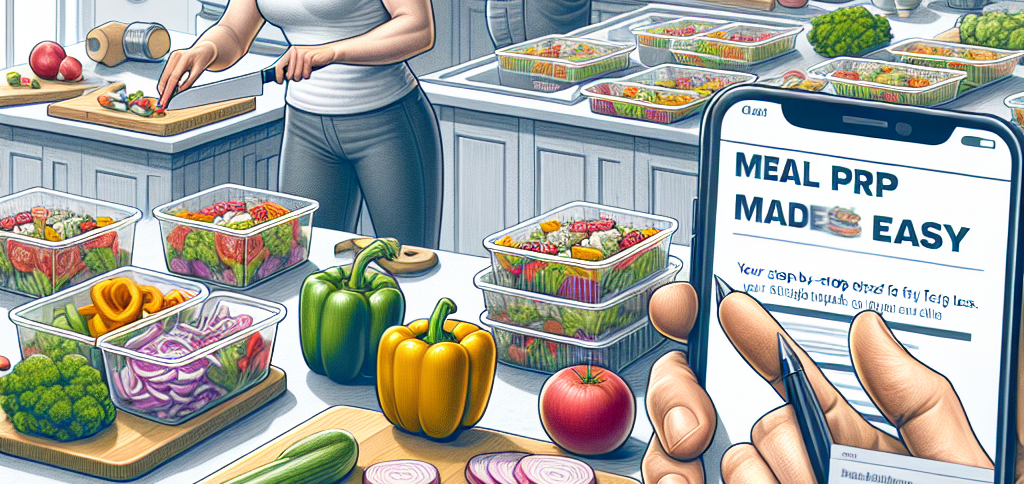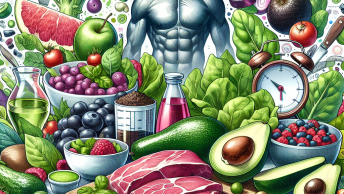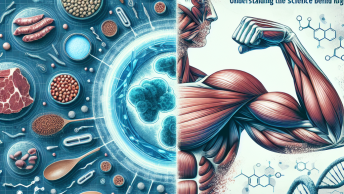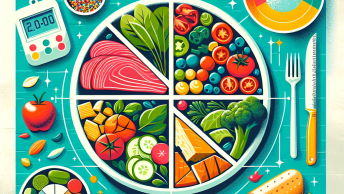Achieving fat loss can seem overwhelming with the influx of diet trends and conflicting information. However, a well-structured meal plan tailored to your goals can simplify the process and produce effective results. In this article, we will outline ten essential components of a fat loss meal plan that can help you shed those extra pounds without sacrificing taste or nutrition.
1. Understand Your Caloric Needs
Before diving into meal planning, it’s crucial to know how many calories you should be consuming to lose weight. Use an online calculator or consult a nutritionist to determine your Total Daily Energy Expenditure (TDEE) and subtract about 500 calories for a safe and sustainable weight loss rate of about 1 pound per week. This will serve as the foundation of your meal plan.
2. Prioritize Protein
Including an adequate amount of protein in your fat loss meal plan is essential for maintaining muscle mass while losing fat. Protein is not only filling, reducing overall hunger, but it also requires more energy to digest. Aim for lean sources such as chicken breast, turkey, legumes, and fish. Integrate protein into each meal and snack for maximum effectiveness.
3. Incorporate Healthy Fats
Healthy fats are crucial, as they help the body absorb important nutrients and keep you satiated. Incorporate sources such as avocados, nuts, seeds, and olive oil into your diet. The key is moderation; a little goes a long way when it comes to achieving fat loss without feeling deprived.
4. Fill Up on Fiber
Fiber keeps you full and promotes digestive health. Including a variety of fruits, vegetables, whole grains, and legumes can help you reach your fiber goals. Aim for at least 25-30 grams of fiber daily, which will not only aid in digestion but will also help manage blood sugar levels and control cravings.
5. Choose Whole Foods Over Processed Options
Whole foods are not only more nutritious but also help you avoid added sugars and unhealthy fats often found in processed items. Focus on fruits, vegetables, whole grains, and lean proteins. When you predominantly choose whole foods, you’ll likely consume fewer calories and more nutrients.
6. Stay Hydrated
Water plays a vital role in weight loss. Dehydration can often be mistaken for hunger, leading to unnecessary snacking. Aim to drink at least 8 cups (64 ounces) of water daily. You can further enhance your hydration by incorporating foods with high water content, such as cucumbers, tomatoes, and oranges.
7. Plan Your Meals and Snacks
Planning your meals and snacks in advance is key to staying on track. This prevents impulsive eating and helps you maintain control over your portion sizes. Create a weekly meal plan that includes recipes and grocery lists, making it easier to stick to your fat loss goals.
8. Monitor Portion Sizes
Portion control is critical in any fat loss meal plan. It’s easy to overestimate serving sizes, so consider using measuring cups or a food scale to become familiar with appropriate portions. This ensures you’re eating the right amount while still enjoying your favorite foods.
9. Allow for Flexibility
While it’s important to maintain discipline, it’s equally crucial to allow for flexibility in your meal plan. Deprivation can lead to binge eating, so it’s okay to enjoy occasional treats in moderation. Aim for the 80/20 rule, where 80% of your meals are healthy and nutritious while the remaining 20% can include indulgent options.
10. Educate Yourself Continuously
To further enrich your fat loss journey, stay informed about nutrition trends, recipes, and meal prep techniques. Research reliable sources, enroll in nutrition seminars, or consider a meal plan resource that aligns with your goals. If you’re looking for a comprehensive guide to meal planning and recipes specifically designed for fat loss, Click Here to learn more about a fantastic program that can help you on your journey.
Conclusion
Losing fat efficiently requires more than just cutting calories; it demands a well-rounded and thoughtful approach to food choices, meal timing, and nutritional education. By incorporating these ten essential components into your fat loss meal plan, you can achieve a balanced diet that supports sustainable weight loss. Remember, consistency is key, and finding a plan that suits your lifestyle will ultimately lead to long-term success. Embrace your journey, stay informed, and watch as the results unfold!






